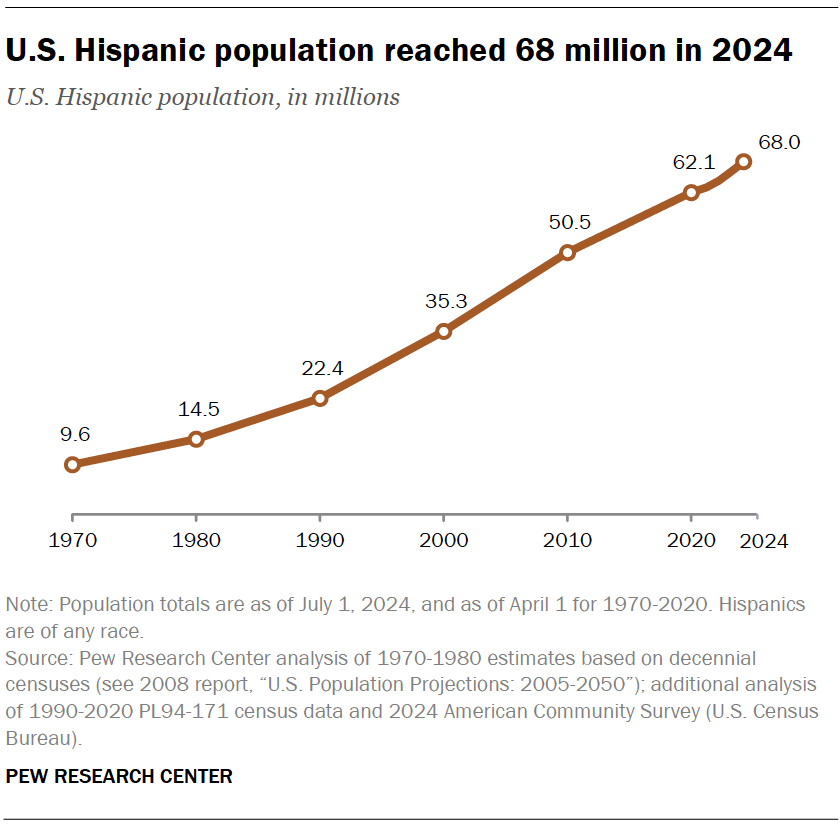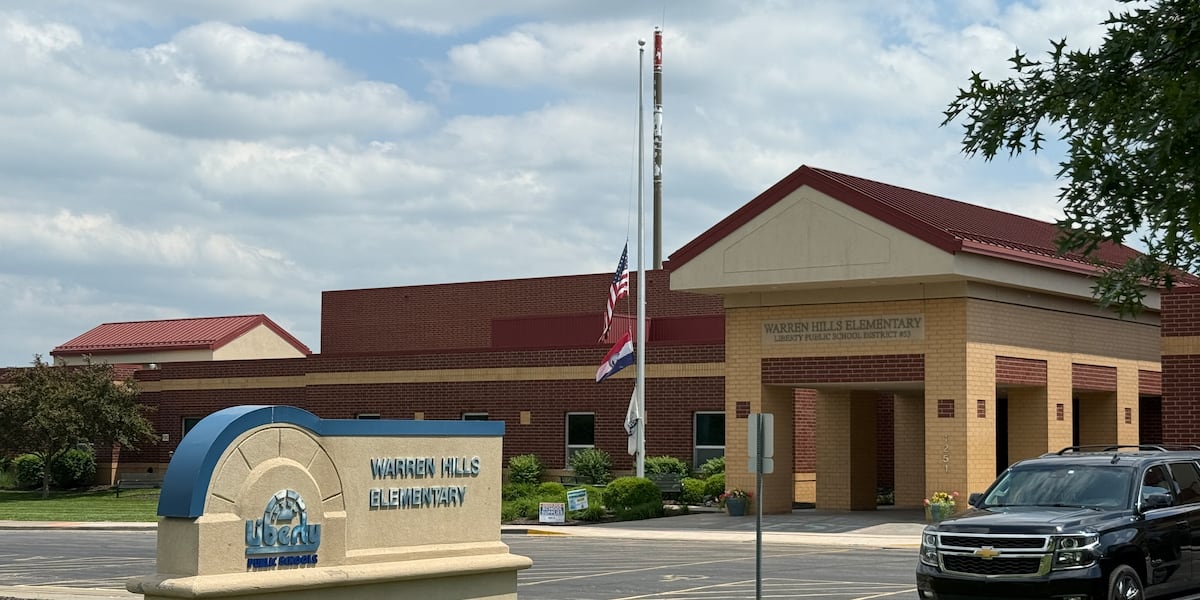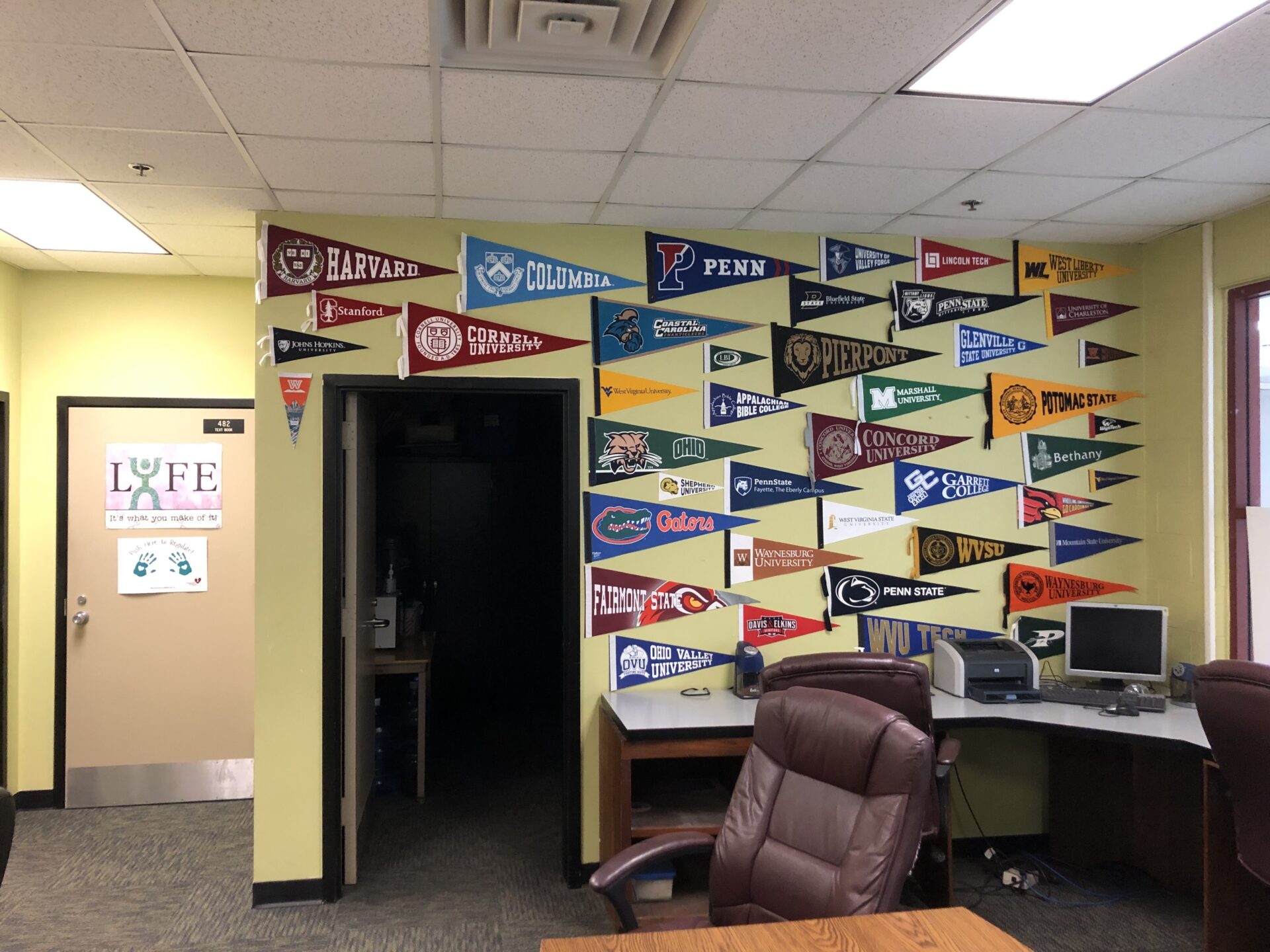Report on Transforming Physical Learning Environments for Sustainable Development
Introduction: Aligning Education Infrastructure with Sustainable Development Goals (SDGs)
Education is a critical driver for achieving multiple Sustainable Development Goals (SDGs), including SDG 1 (No Poverty) and SDG 4 (Quality Education). It serves as a primary mechanism for economic empowerment and poverty reduction. However, the efficacy of educational systems is frequently compromised by inadequate physical learning environments. Challenges such as outdated pedagogical spaces, deficient water and sanitation facilities, and the increasing frequency of climate-related disruptions directly impede educational attainment and progress towards the SDGs.
- SDG 5 (Gender Equality) and SDG 6 (Clean Water and Sanitation) are undermined when inadequate restroom and WASH facilities lead to school absenteeism among girls.
- SDG 3 (Good Health and Well-being) is affected by poor ventilation and extreme heat, which impair students’ concentration and health.
- SDG 13 (Climate Action) is highlighted by the growing threat of floods and cyclones, which cause frequent school closures and disrupt learning continuity.
A recent World Bank report establishes that transforming school infrastructure is essential for enhancing learning and child well-being, providing a strategic pathway to address these challenges and accelerate SDG progress.
The RIGHT+ Framework: A Strategic Approach for SDG-Aligned Schools
Traditional school designs are often insufficient to meet contemporary educational needs. Evidence indicates that well-designed learning environments significantly improve student outcomes. In response, the World Bank has developed the RIGHT+ framework to guide the creation of modern, effective, and sustainable school infrastructure in low- and middle-income countries. This framework directly addresses the global learning crisis and the impacts of climate change by ensuring physical learning environments are Resilient, Inclusive, Green, Healthy, and Teaching- and Learning-Conducive, supported by effective implementation (+). The framework is designed to be adaptable, promoting localized solutions that contribute globally to the SDGs.
Core Components of the RIGHT+ Framework and SDG Linkages
-
Resilient Infrastructure
This component focuses on constructing schools that can withstand natural hazards and climate change impacts, ensuring educational continuity. This directly supports SDG 9 (Industry, Innovation and Infrastructure), SDG 11 (Sustainable Cities and Communities), and SDG 13 (Climate Action). Initiatives include enforcing building codes and strategic site selection. Examples include projects in the Philippines to protect schools from natural disasters and efforts in Peru and Türkiye to reinforce buildings against seismic activity.
-
Inclusive Environments
Promoting inclusivity ensures that all children have access to quality education. This aligns with SDG 4 (Quality Education), SDG 5 (Gender Equality), and SDG 10 (Reduced Inequalities). Key actions involve creating gender-friendly WASH facilities, optimizing travel routes, and implementing universal design features. Colombia has improved school access through route optimization, Angola has focused on creating welcoming spaces for girls, and Honduras has reconstructed schools with ramps and accessible toilets.
-
Green Schools
This component emphasizes environmental sustainability through energy and water efficiency, waste management, and the use of sustainable materials. It contributes to SDG 7 (Affordable and Clean Energy), SDG 12 (Responsible Consumption and Production), and SDG 13 (Climate Action). Examples include rainwater harvesting in Burundi, solar panel installation in India, and the use of green materials like clay and bamboo in Burkina Faso and sustainable renovations in Romania.
-
Healthy Facilities
Creating healthy learning spaces is fundamental to student well-being and academic performance, directly supporting SDG 3 (Good Health and Well-being) and SDG 6 (Clean Water and Sanitation). This involves providing basic utilities, adequate lighting and ventilation, and maintaining facilities. Projects in Malawi are improving water and sanitation, while the use of cool roofs in Tanzania helps regulate classroom temperatures.
-
Teaching- and Learning-Conducive Spaces
To achieve SDG 4 (Quality Education), learning environments must be adaptable and equipped to support modern teaching methods. This includes providing adequate classroom capacity, ICT resources, and flexible spaces that foster creativity and collaboration. Tajikistan has developed a national framework for this, while schools in Uruguay and Chile are integrating technology and creative spaces to enhance engagement.
-
Effective Implementation (+)
The successful execution of infrastructure projects relies on data-driven decision-making, capacity building, and stakeholder engagement, which aligns with SDG 17 (Partnerships for the Goals). Uruguay has demonstrated this by co-designing learning spaces with architects and educators, while Pakistan has used data and machine learning to prioritize resilient reconstruction efforts following floods.
Analysis of Sustainable Development Goals in the Article
1. Which SDGs are addressed or connected to the issues highlighted in the article?
- SDG 1: No Poverty – The article opens by stating that “Education is… the surest way out of poverty,” directly linking quality learning environments to poverty reduction.
- SDG 3: Good Health and Well-being – The “Healthy” component of the RIGHT+ framework addresses the need for adequate lighting, ventilation, water, and sanitation, which are essential for students’ physical and mental well-being. The article notes that heat and poor ventilation affect concentration.
- SDG 4: Quality Education – This is the central theme. The entire article focuses on transforming school sites into “enablers for learning and child wellbeing” by creating well-designed, resilient, inclusive, and conducive learning environments.
- SDG 5: Gender Equality – The article explicitly mentions that “Girls miss school when they are menstruating due to deficient restrooms or water and sanitation facilities.” The “Inclusive” component of the framework highlights the need for “gender-friendly water, sanitation and hygiene (WASH) facilities.”
- SDG 6: Clean Water and Sanitation – The provision of adequate water and sanitation facilities is a recurring theme, identified as a reason for girls missing school and as a key element of a “Healthy” learning environment, with examples from Malawi.
- SDG 7: Affordable and Clean Energy – The “Green schools” section mentions the adoption of solar panels in countries like India and Burkina Faso, which directly relates to promoting clean energy.
- SDG 11: Sustainable Cities and Communities – The “Resilient” aspect of the framework focuses on building schools that can withstand natural disasters like earthquakes and floods, making educational infrastructure safer and more sustainable. Examples from the Philippines, Peru, and Türkiye illustrate this.
- SDG 12: Responsible Consumption and Production – The “Green schools” concept promotes the use of “sustainable construction materials” like clay and bamboo, aligning with sustainable production patterns.
- SDG 13: Climate Action – The article highlights that “Floods and cyclones are causing frequent school closures” and that the RIGHT+ framework aims to address the “increasing frequency of natural disasters and extreme weather events.” Building resilient and green schools is a direct response to climate change impacts.
- SDG 17: Partnerships for the Goals – The “Effective implementation (+)” factor emphasizes “stakeholder engagement” and collaboration. The example of Uruguay co-designing learning spaces with architects and educators showcases multi-stakeholder partnerships.
2. What specific targets under those SDGs can be identified based on the article’s content?
- Target 4.a: Build and upgrade education facilities that are child, disability and gender sensitive and provide safe, non-violent, inclusive and effective learning environments for all. The entire RIGHT+ framework is designed to achieve this target, covering resilience, inclusivity (ramps, accessible toilets), gender sensitivity (WASH facilities), and safety from hazards.
- Target 5.1: End all forms of discrimination against all women and girls everywhere. By addressing the lack of gender-friendly WASH facilities that prevent girls from attending school, the article connects improved infrastructure to ending a form of gender-based discrimination in education.
- Target 6.2: By 2030, achieve access to adequate and equitable sanitation and hygiene for all and end open defecation, paying special attention to the needs of women and girls and those in vulnerable situations. The focus on providing “gender-friendly water, sanitation and hygiene (WASH) facilities” in schools directly supports this target.
- Target 11.5: By 2030, significantly reduce the number of deaths and the number of people affected and substantially decrease the direct economic losses relative to global gross domestic product caused by disasters, including water-related disasters, with a focus on protecting the poor and people in vulnerable situations. The “Resilient schools” component, which involves strengthening buildings against earthquakes and choosing locations safe from natural hazards, aims to protect students and staff, thus contributing to this target.
- Target 13.1: Strengthen resilience and adaptive capacity to climate-related hazards and natural disasters in all countries. The article’s emphasis on building schools resilient to floods, cyclones, and extreme heat is a direct implementation of this target within the education sector.
- Target 17.17: Encourage and promote effective public, public-private and civil society partnerships, building on the experience and resourcing strategies of partnerships. The example of Uruguay co-designing spaces with architects and educators, and Pakistan using diverse data for reconstruction, points to the importance of partnerships and data sharing for effective implementation.
3. Are there any indicators mentioned or implied in the article that can be used to measure progress towards the identified targets?
The article does not explicitly name SDG indicators, but it implies several by describing the features of improved school environments. Progress can be measured by tracking these features, which align with official SDG indicators.
- Implied Indicators for Target 4.a (related to Indicator 4.a.1): The article implies measuring the proportion of schools with specific facilities.
- Access to basic drinking water, single-sex sanitation, and hygiene facilities (mentioned in the context of girls’ attendance and healthy environments).
- Access to electricity and ICT resources (mentioned under “Healthy” and “Teaching- and learning-conducive” environments).
- Adapted infrastructure for students with disabilities (e.g., “ramps and accessible toilets” in Honduras).
- Implied Indicators for Target 6.2 (related to Indicator 6.2.1): The proportion of schools with adequate and gender-separated sanitation and hygiene facilities can be used as a measure, as discussed in the “Inclusive schools” section with the example from Angola.
- Implied Indicators for Target 11.5 and 13.1: Progress can be measured by:
- The number of schools retrofitted or built to comply with disaster-resilient building codes (as in Peru and Türkiye).
- The reduction in the number of school days lost due to closures from floods, cyclones, or extreme heat.
- Implied Indicators for Target 7.2 (related to renewable energy): The proportion of schools using renewable energy sources, such as the solar panels mentioned in the “Green schools” section.
4. Summary of SDGs, Targets, and Indicators
| SDGs | Targets | Indicators (Implied from the Article) |
|---|---|---|
| SDG 4: Quality Education | 4.a: Build and upgrade education facilities that are child, disability and gender sensitive and provide safe, non-violent, inclusive and effective learning environments for all. | Proportion of schools with access to electricity, ICT resources, adapted infrastructure (ramps, accessible toilets), basic water, and single-sex sanitation facilities. |
| SDG 5: Gender Equality | 5.1: End all forms of discrimination against all women and girls everywhere. | Reduction in school absenteeism among girls during menstruation, linked to the availability of gender-friendly WASH facilities. |
| SDG 6: Clean Water and Sanitation | 6.2: Achieve access to adequate and equitable sanitation and hygiene for all… paying special attention to the needs of women and girls. | Proportion of schools with functional and gender-separated water, sanitation, and hygiene (WASH) facilities. |
| SDG 7: Affordable and Clean Energy | 7.2: By 2030, increase substantially the share of renewable energy in the global energy mix. | Number or proportion of schools equipped with renewable energy sources like solar panels. |
| SDG 11: Sustainable Cities and Communities | 11.5: Significantly reduce the number of deaths and people affected… by disasters. | Number of schools built or retrofitted to comply with disaster-resilient building codes. |
| SDG 13: Climate Action | 13.1: Strengthen resilience and adaptive capacity to climate-related hazards and natural disasters. | Reduction in school closures due to climate-related events (floods, cyclones, extreme heat). |
| SDG 17: Partnerships for the Goals | 17.17: Encourage and promote effective public, public-private and civil society partnerships. | Number of school infrastructure projects developed through co-design processes involving multiple stakeholders (e.g., educators, architects, communities). |
Source: blogs.worldbank.org







